Do I have to shoot silhouettes at sunset?
I recently received the following question from a frequent reader:
“The foreground of my sunset photos turns out completely black. I’ve tried changing my aperture and shutter speed settings but with no luck. What am I doing wrong?”
This is a really good question, and it’s a problem that every landscape photographer runs into eventually. It’s important to realize that, on its own, a camera can’t handle the broad range of light in a sunrise or sunset photo, especially if you are shooting towards the sun. You have a few options for resolving this issue. First, you could use a Graduated Neutral Density (GND) filter to help reduce the overall range of light. A GND filter can reduce the brightness of the sky without affecting the lower portion of the scene.
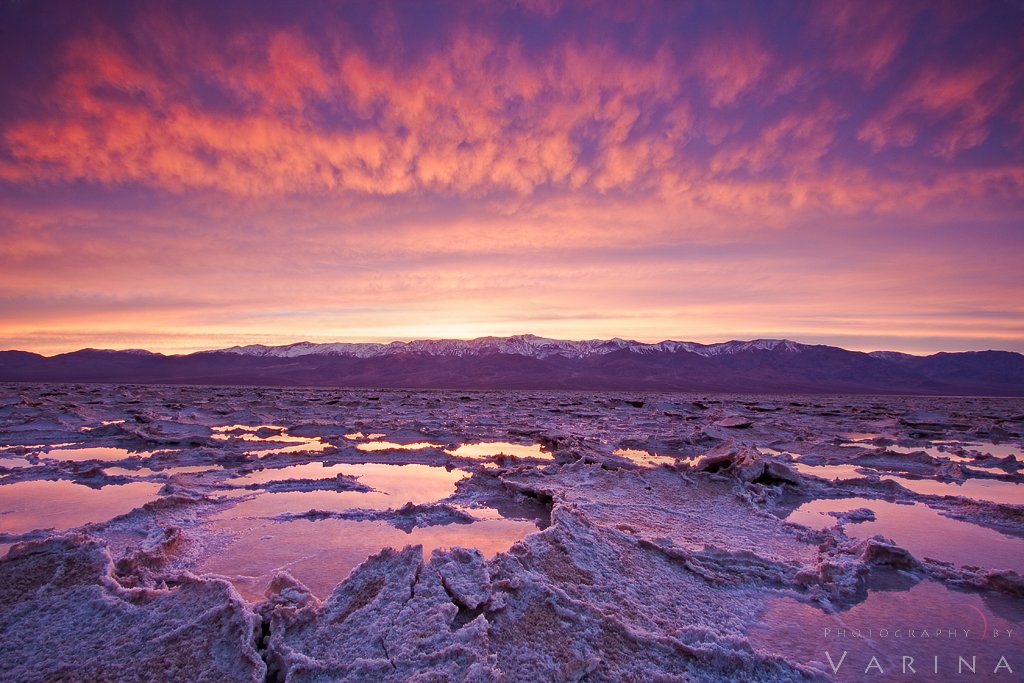
A graduated neutral density filter reduces the brightness of the sky so that I can capture the entire range of light with a single exposure.
Secondly, when a GND filter won’t work, you could bracket your shots and combine them later in Photoshop or other photo editing software. The image below required three exposures blended together in Photoshop before the final image properly reflected the scene as I personally viewed it.
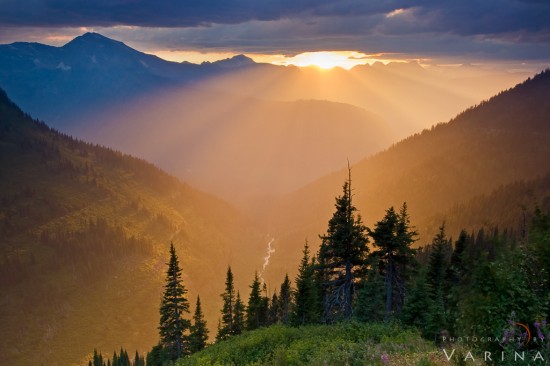
Sometimes, a GND filter won’t work. I blended three exposures in Photoshop to produce a finished image that represents the scene as I saw it.
Finally, if you don’t have access to a GND filter or photo editing software, consider shooting in conditions where the range of light is reduced. If the sun is setting, try shooting with the sun behind you. Sometimes colors are just as beautiful in the opposite direction of the setting sun. And your camera can handle that range of light far more effectively than when shooting towards the sun.

You can capture all the detail you need in a single exposure if you shoot away from the sun. No need for filters or blending.
The colors in nature are absolutely gorgeous during early morning and as the sun sets in the evening. Don’t hesitate to try these different techniques to create sunrise and sunset photos that more accurately reflect your personal experiences of nature’s true beauty.

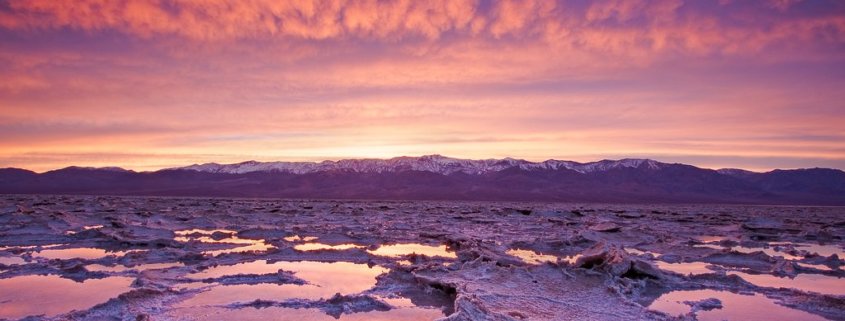

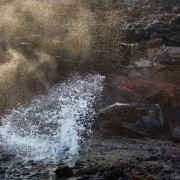
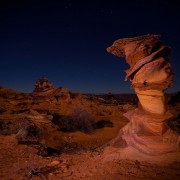

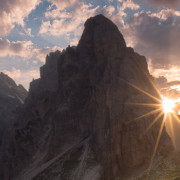



Since purchasing several of you videos, I have become a follower of your work and enjoy the tips. Thank you for sharing your experience.
Thanks William…This means a lot to us.